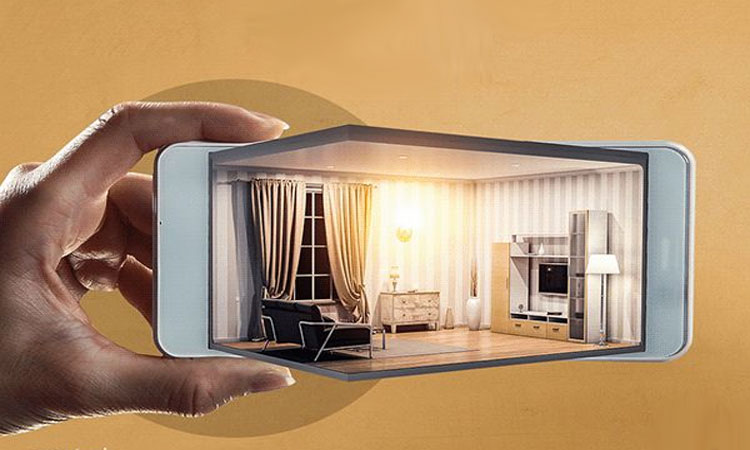Interior design has evolved significantly over the years, thanks to technology. One of the most exciting advancements in recent times is the integration of 3D visualization in interior design. Gone are the days of relying on sketches and basic floor plans. With 3D modeling, designers can offer clients realistic, interactive, and immersive visualizations that transform the way they approach design projects.
The Power of 3D Visualization:
3D visualization allows interior designers to present their designs in a lifelike manner, providing clients with an opportunity to visualize their space before any physical work begins. This not only helps to ensure that the design meets expectations but also facilitates better decision-making. By providing high-quality, photorealistic images or 3D walkthroughs, designers can showcase their ideas in ways that were once unimaginable.
Benefits for Clients and Designers:
- Enhanced Communication: Clients can better understand the design, as the visuals are easy to interpret. Feedback becomes more specific, allowing for quicker revisions and reducing misunderstandings.
- Cost and Time Savings: 3D designs help avoid costly mistakes during the renovation process. With a clear view of how everything will look, clients and designers can identify potential issues early on, minimizing delays and extra expenses.
- Increased Conversion Rates: Offering 3D renders to potential clients can increase your chances of securing a project. People are more likely to invest when they can see the potential of a space in a tangible way.
Why 3D Visualization is Essential for Modern Interior Design:
Interior design is no longer just about aesthetics; it’s about creating an experience. With 3D visualization, designers can offer a more immersive, innovative, and user-friendly approach to designing spaces. It’s not just a tool—it’s a game-changer for the industry, allowing for greater creativity, more precise designs, and a smoother client journey.
3D visualization is revolutionizing the interior design in Delhi industry by providing designers with the tools they need to create stunning, realistic, and detailed designs. By embracing this technology, interior designers can offer clients a new level of customization, enhancing their satisfaction and helping them make confident design decisions.
Sustainable interior design is no longer just a trend—it’s a necessity. As environmental concerns continue to rise, more and more homeowners and businesses are turning to eco-friendly design practices. Sustainable design helps reduce the carbon footprint, conserve resources, and create healthier living spaces for individuals. Here are five essential tips for creating a sustainable and eco-friendly home through interior design.
- Choose Eco-Friendly Materials:
One of the best ways to create a sustainable interior is by selecting environmentally friendly materials. Opt for recycled, repurposed, or locally sourced materials such as bamboo, reclaimed wood, and low-VOC paints. These materials not only reduce your environmental impact but also add a unique, organic touch to your space. - Focus on Energy-Efficient Lighting:
Lighting plays a significant role in energy consumption. Switching to LED bulbs or solar-powered lights helps to conserve energy while providing adequate lighting for your home. Additionally, make use of natural light during the day by maximizing window spaces and using light-colored curtains or blinds that let the light flow in. - Invest in Quality Furniture that Lasts:
Instead of purchasing cheap, disposable furniture that needs replacing every few years, invest in high-quality, durable pieces that will stand the test of time. Look for furniture made from sustainable materials and timeless designs that will remain functional and stylish for years. - Reduce Waste with Smart Storage Solutions:
Smart storage solutions not only keep your space organized but also help reduce waste by encouraging reuse and reducing the need for disposable items. Consider modular furniture, multi-purpose pieces, and open shelving to minimize the clutter and make the most of your available space. - Incorporate Indoor Plants for Cleaner Air:
Indoor plants are a great addition to any sustainable home. Not only do they improve the aesthetic of a room, but they also contribute to better air quality by absorbing carbon dioxide and releasing oxygen. Choose plants like snake plants, spider plants, and peace lilies that are low-maintenance and help purify the air.
Make Space Design Contact



